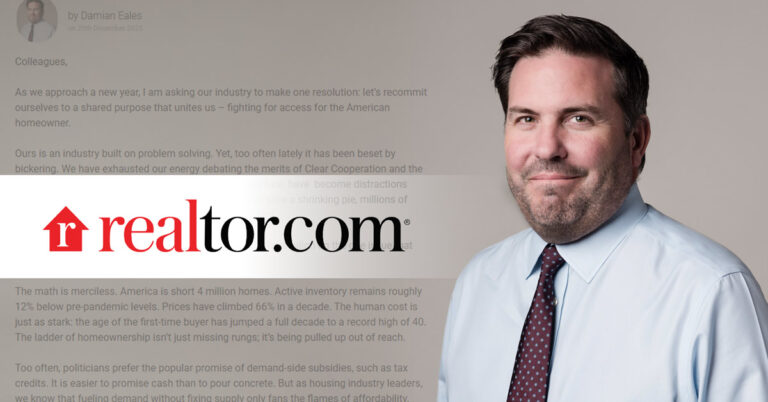Last year saw a record-breaking $4.4 trillion in mortgage originations, according to Black Knight, with cash-out refinances surging despite overall refi volume dropping compared to the year before.
Total origination volume in 2021 surpassed the previous high of $4.3 trillion set in 2020 and exceeded Black Knight’s expectations entering the year by a healthy margin. Ben Graboske, president of Black Knight’s data and analytics division, noted that the company’s forecast for last year actually called for a 7% decline in origination volume from 2020, while consensus projections originally thought the decrease would reach a much higher level of 20% to 25%.
Similar to 2020, refinancing led the way in 2021, with last year’s refinance volume totaling $2.7 trillion. That’s down slightly from the $2.8 trillion in refis posted in 2020 as plunging interest rates during the COVID-19 era drove many to reconfigure their mortgages during the early stages of the pandemic. With so many candidates for rate-and-term refinances having taken out new loans in 2020, overall refinance originations fell by 34% with rate-and-term refis plunging by 60% year over year.
Refinance lending, however, was buoyed by cash-out mortgages. The volume of these originations rose by 13% as activity was boosted by still-skyrocketing home values over the course of the year. Of the total refi volume of $2.7 trillion last year, nearly half ($1.2 trillion) came via cash-outs, the most since 2005 and within 1% of an all-time record share.
“What stands out is the 20% [dollar volume] growth in cash-outs over 2021, which accounted for $1.2 trillion in originations last year and $275 billion in equity withdrawn,” Graboske said. “In Q4 alone, homeowners tapped $80 billion – the most in 15 years – while marking the fifth consecutive quarter of more than 1 million borrowers pulling cash out.”
With home prices firmly on the rise, cash-out withdrawals have now doubled over the past two years, with the cash-out share of refinances rising from 36% at the beginning of 2021 to more 60% during the final quarter of last year. In fact, the share of total equity withdrawn reached its highest level in any fourth quarter since the Great Recession — and despite this hefty withdrawal, persistently rising home prices still pushed tappable equity up by nearly $450 billion in Q4 2021.
Get these articles in your inbox
Sign up for our daily newsletter
Get these articles in your inbox
Sign up for our daily newsletter
Moving forward, Black Knight anticipates even more of a shift from rate-and-term refinances to cash-outs, given rising interest rates and the 65% drop in viable rate-and-term refi candidates thus far in 2022. But while homeowners are tapping into home equity to a degree unseen since 2005, Graboske said that they are still doing so with caution.
“Rising home values are resulting in much lower post-cash-out LTVs (loan-to-value ratios) than we’ve seen in recent years – and more than 10 points lower than during the previous peak – while high average credit scores are also helping to lower the overall risk profile of these loans,” he said.
While the average credit score of a cash-out borrower has started to recede (a normal shift in a rising-rate landscape), it remains above 740. And average post-cash-out LTV ratios last year were at 63%, the lowest recorded by Black Knight since it started tracking the metric in 2005.
Moreover, while the current rate of withdrawal as a share of tappable equity is twice what it was during the pre-pandemic days of 2018 and 2019, it is only about half of the all-time high. That figure was posted in 2006, just before the housing market plunged into crisis.
“Now for the bad news: Retention of cash-out refinance borrowers has been notoriously difficult,” Graboske observed. “Even in a quarter that saw overall retention rates hit an eight-year high, cash-out retention was still 8 percentage points lower than for rate-and-term refis.”
Despite “strong improvement,” servicers still lag in keeping cash-out borrowers under the first-lien umbrella, Graboske said. And yet borrowers who switched lenders ended up with average interest rates only 5 basis points below those who stayed with their previous lender or servicer. That’s the smallest gap in two-and-a-half years, implying that while pricing remains an important factor, it’s not the only consideration that borrowers take into account when pulling equity from their home.




















































